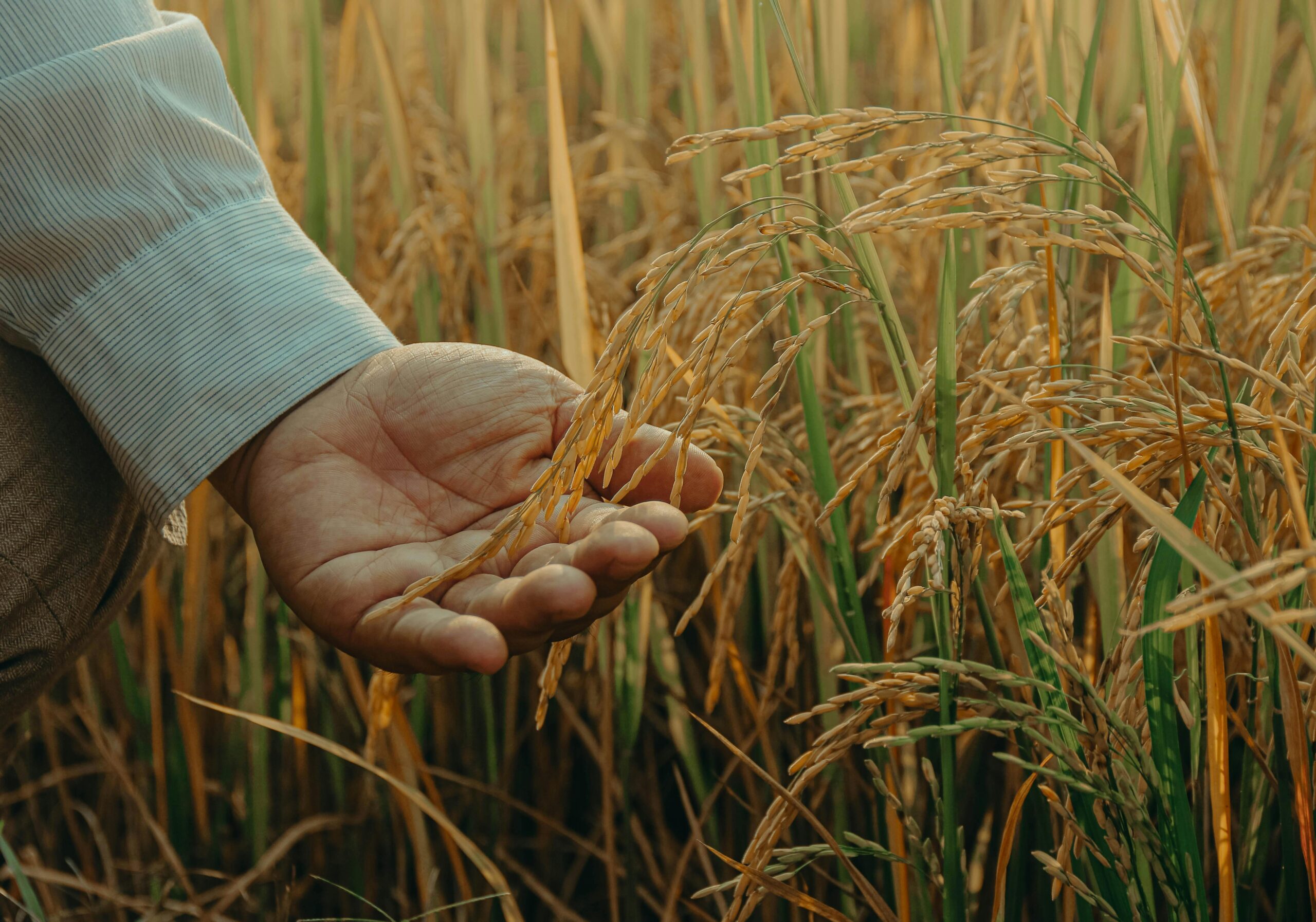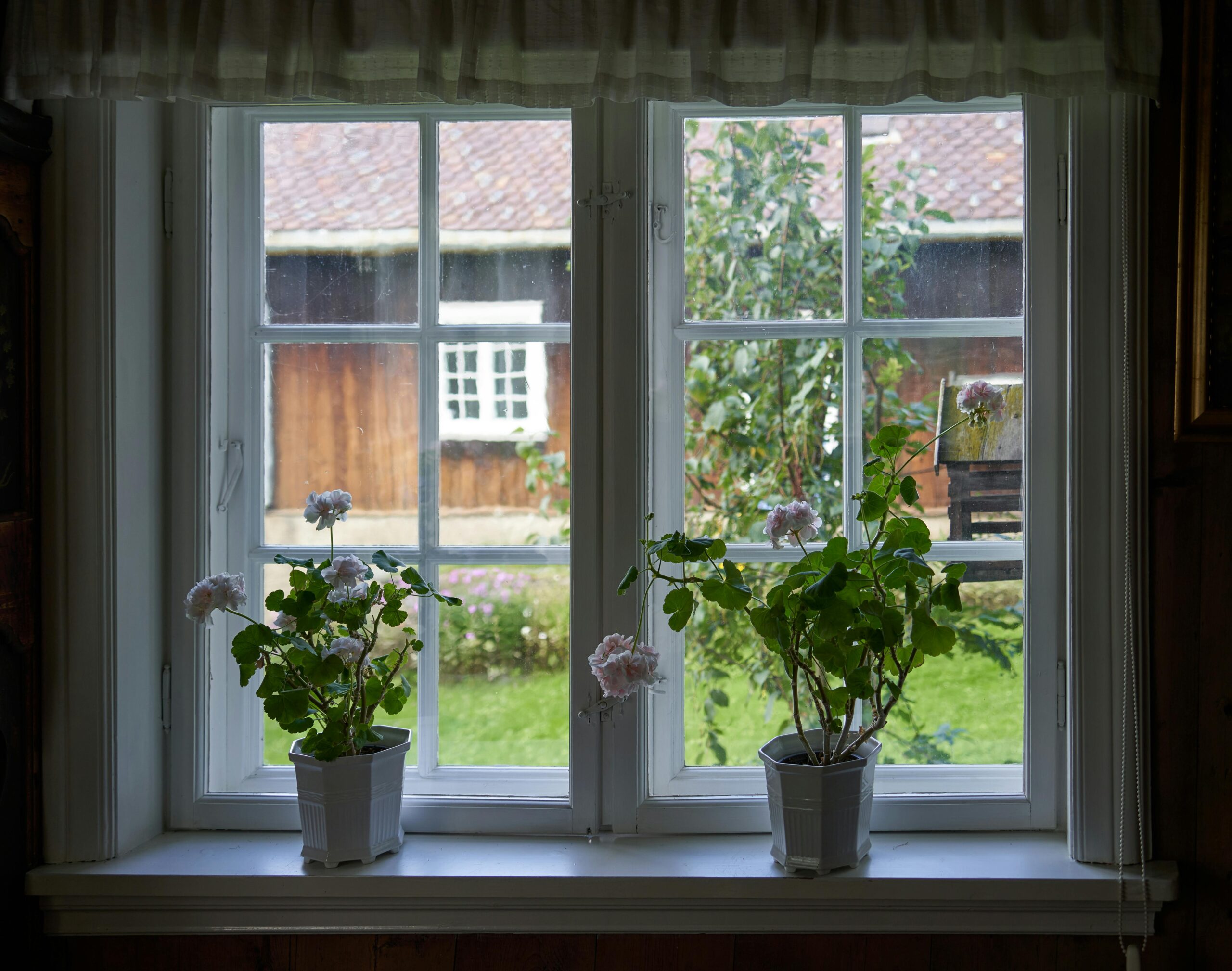As the growing season winds down and autumn arrives, many gardeners simply clean up their vegetable beds and leave them bare until spring. However, this missed opportunity could be transformed into a powerful soil-building period by employing cover crops. These special plantings, sometimes called “green manure,” work quietly through the winter months to prevent erosion, suppress persistent weeds, and significantly improve soil organic matter. This article explores how incorporating cover crops into your fall garden soil preparation can transform your garden’s productivity while supporting sustainable, no-till gardening practices.
What Are Cover Crops and Why Use Them?
Cover crops are fast-growing plants specifically grown not for harvest, but to benefit the soil. Unlike your summer vegetables, these workhorses perform their magic when your garden would otherwise sit idle. The winter cover crop benefits are numerous and remarkable. They protect bare soil from harsh weather, prevent nutrient leaching, crowd out opportunistic weeds, and create a living root system that maintains soil biology throughout dormant periods.
The most compelling reason to use cover crops for garden soil improvement is their ability to build soil structure and organic matter naturally. As their roots penetrate the earth, they create channels for water infiltration and aeration. When eventually terminated and incorporated, they decompose to feed soil microorganisms and add valuable organic matter to your garden beds. This process mimics natural ecosystems far better than leaving soil bare or simply adding amendments from external sources.
For gardeners interested in no-till gardening, cover crops provide an excellent foundation. By minimizing soil disturbance and maximizing living root presence, cover crops help transition gardens toward more sustainable practices that preserve soil structure and biology while reducing the labor of tilling.
Choosing the Right Cover Crops for Winter
Selecting appropriate cover crops depends on your climate, soil needs, and timing. For fall garden soil preparation, you’ll want to select varieties that establish quickly before winter and match your specific improvement goals.
Cereal rye stands as perhaps the champion of winter cover crops for garden soil. This hardy grain tolerates cold temperatures exceptionally well, produces abundant biomass, and features an aggressive root system that breaks up compacted soil layers. Its allelopathic properties also naturally suppress certain weeds, making it particularly valuable for organic gardening systems.
Oats provide another excellent option, especially for gardeners in moderately cold regions. While winter-killed in harsh climates (typically when temperatures drop below 20°F), this characteristic can actually be advantageous. The winter-killed residue forms a protective mulch that’s easily planted into come spring, perfect for those practicing no-till gardening cover crops systems.
For improving soil organic matter and adding nitrogen, legume cover crops like crimson clover shine. Their striking red blossoms aren’t just beautiful—they indicate that nitrogen fixation is occurring, a process where these plants convert atmospheric nitrogen into forms plants can use. This natural fertilizer production makes legumes invaluable for nutrient-depleted gardens.
Many experienced gardeners use cover crop mixtures rather than single species. A classic combination might include rye for its biomass and deep roots, combined with a legume like hairy vetch for nitrogen fixation. These complementary plantings maximize winter cover crop benefits by addressing multiple soil improvement goals simultaneously.
Planting and Managing Winter Cover Crops
The key to successful cover crops lies in proper timing and establishment. For most winter cover crops, planting should occur 4-6 weeks before your first expected killing frost. This timing allows adequate growth before cold weather slows or stops development. Preparing for cover crop planting represents an important part of fall garden soil preparation.
Seed bed preparation for cover crops needn’t be elaborate. After removing previous crops, rake the soil surface lightly to create a receptive seed bed. Broadcast seeds at recommended rates (typically available from your seed supplier), then rake lightly again to ensure good soil contact. If conditions are dry, water thoroughly to support germination.
You can find quality cover crop seeds from local farm supply stores, garden centers, or online specialty retailers. For location-specific recommendations on seed sources and varieties best suited to your growing conditions, AskHomey can connect you with experts familiar with your region’s unique climate and soil challenges.
Terminating Cover Crops in Spring
The final step in using cover crops effectively involves terminating them before spring planting. Timing this operation properly prevents cover crops from setting seed while maximizing their soil-building benefits.
For no-till gardening cover crops systems, consider cutting plants at soil level rather than uprooting them. This preserves the beneficial soil structure created by their roots. The cut foliage can then be left as mulch or composted briefly before being returned to the garden beds. Either way, the organic matter remains in your garden system, improving soil fertility and structure.
Winter-killed varieties like oats in cold regions simplify this process, as nature handles the termination. For hardy species like rye, mowing or cutting at early flowering provides optimal results, balancing maximum biomass production with manageable termination.
Long-term Benefits for Garden Soil
The consistent use of winter cover crops creates cumulative benefits for garden soil. Research shows that gardens managed with regular cover cropping develop higher levels of soil organic matter, improved water retention, enhanced fertility, and greater resistance to weather extremes.
Additionally, the increased biological activity stimulated by cover crops creates more resilient soil systems that naturally suppress certain diseases and pests. This biological soil management approach reduces dependency on external inputs while creating a self-reinforcing cycle of soil improvement that benefits your garden for years to come.
For more tips and to connect with reliable home service professionals, follow AskHomey on Facebook and Instagram.



